Introduction to Ho Chi Minh City where our conference AUTHEE 2024 will be held
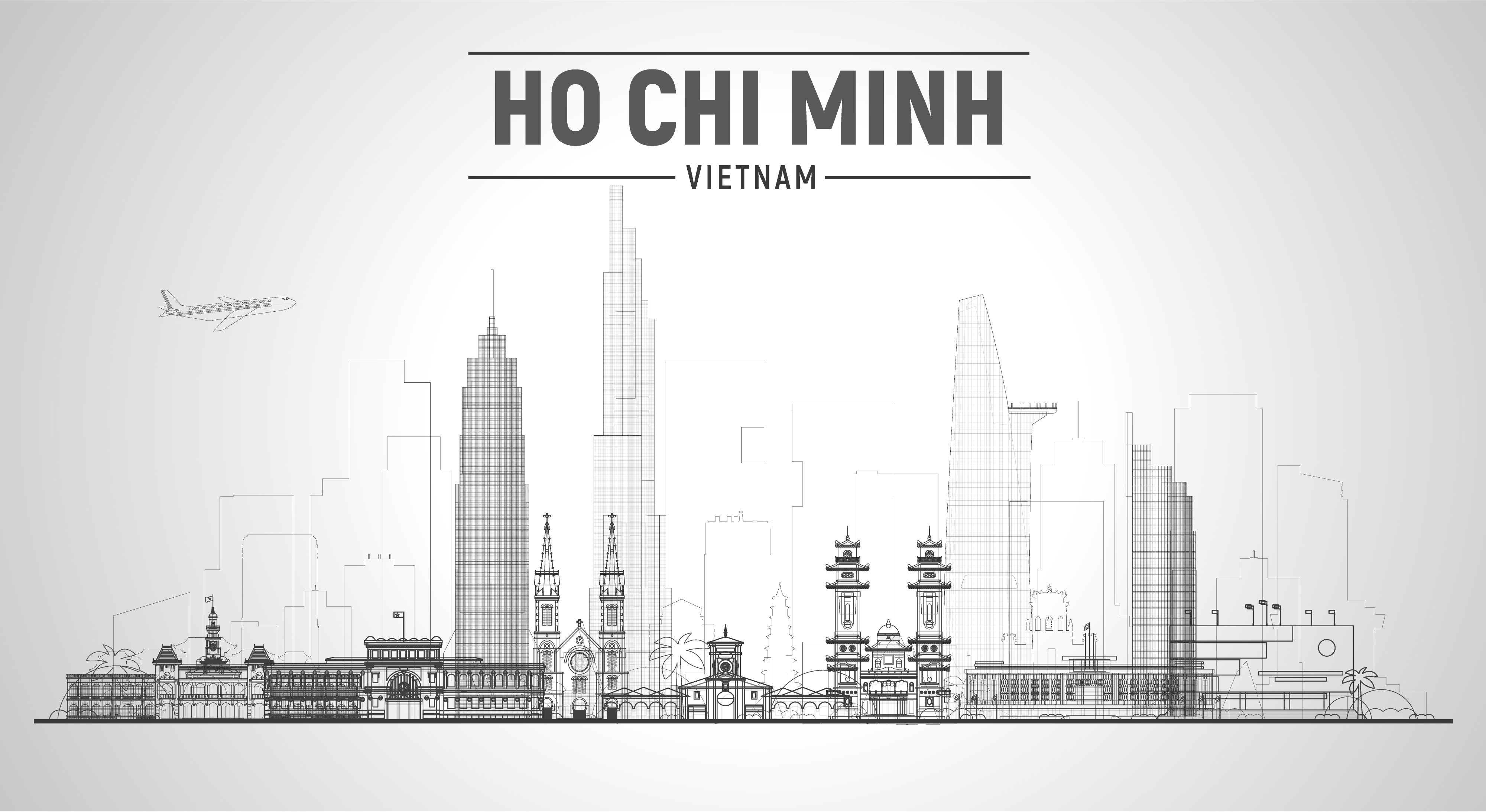
Ho Chi Minh City, formerly known as Saigon, is the largest economic, cultural, and educational hub of Vietnam. Located in the southern part of the country, this city stands out with its modern development combined with a rich historical heritage. From skyscrapers to ancient neighborhoods, Ho Chi Minh City is a place where tradition and modernity meet. Visitors can explore attractions such as the Independence Palace, Notre-Dame Cathedral Basilica, and Ben Thanh Market. Additionally, the street food here is a must-try highlight not to be missed.
The Independence Palace
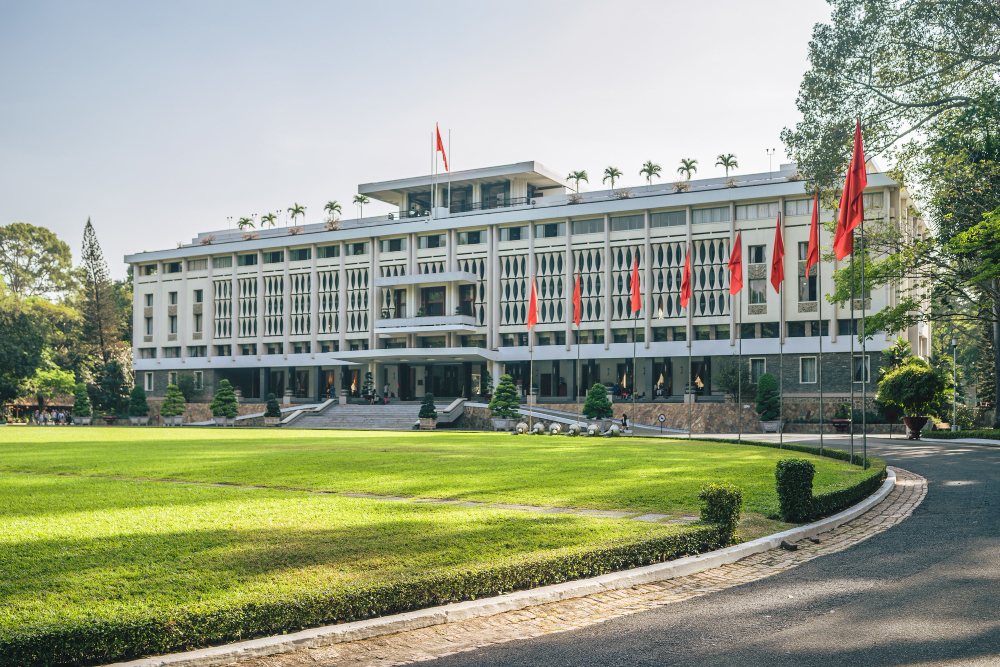
The Independence Palace, also known as the Reunification Palace, is a significant historical site in Vietnam. It once served as the headquarters of the Saigon government before 1975. The palace features modern architecture with large halls used for meetings and diplomatic receptions. Most notably, on April 30, 1975, a North Vietnamese tank crashed through its gates, marking the end of the Vietnam War, making the palace a symbol of peace and reunification. Today, the palace is open to the public, with various historical exhibitions on display. Visitors can learn about the Vietnam War through valuable documents and artifacts. The palace grounds are expansive, with plenty of greenery, offering a relaxing atmosphere for guests. The Independence Palace is not only a place that preserves history but also a perfect spot to admire architecture and understand Vietnam's glorious past.
The War Remnants Museum
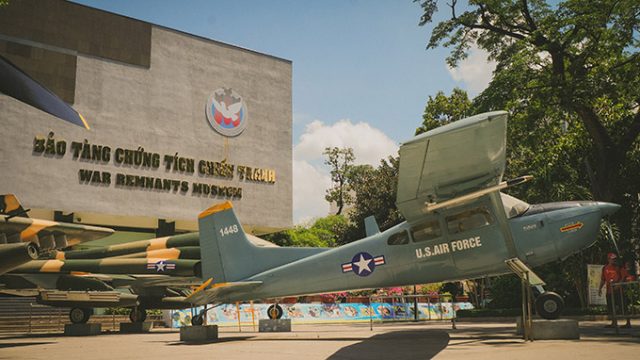
The War Remnants Museum is one of the most important attractions in Ho Chi Minh City. It preserves and exhibits numerous documents and artifacts related to the wars that Vietnam has endured. Established in 1975, the museum currently houses themed exhibitions, such as rooms on Agent Orange victims, weaponry, and fighter jets. A notable feature of the museum is its photography collection, featuring realistic images of the war and the devastating consequences it brought. The museum's purpose is to help visitors understand the brutality of war and the value of peace. Moreover, it attracts many international visitors, especially those interested in history. The museum's guides are always ready to provide detailed information and answer questions from visitors. For those wanting to grasp an important part of Vietnam's history, the War Remnants Museum is a must-visit destination.
Ho Chi Minh City Post Office
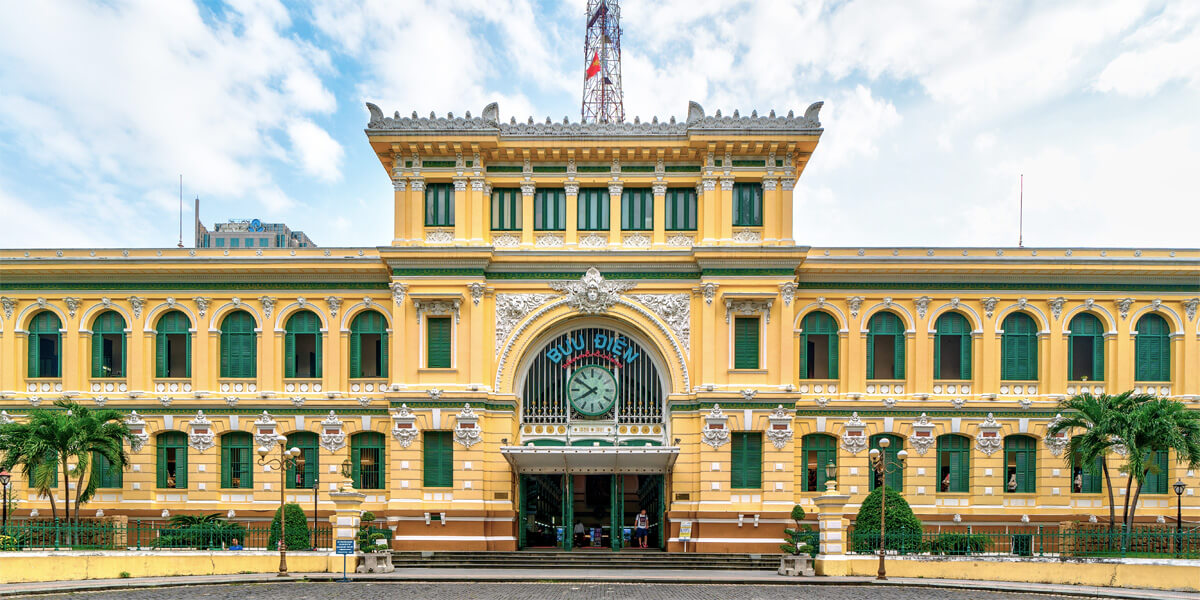
The Ho Chi Minh City Post Office is one of the iconic architectural landmarks from the French colonial era. Located in the city center, near Notre-Dame Cathedral, the post office stands out with its vintage architecture, blending Gothic, Renaissance, and a touch of Asian style. Built in the late 19th century, the interior is elaborately decorated with high arches, murals, and reliefs. A special highlight is the portrait of President Ho Chi Minh displayed prominently in the main hall. This place not only functions as a post office but also serves as a famous tourist attraction, drawing both local and international visitors. Souvenir stands here offer a wide variety of products rich in Vietnamese culture. With its long history and striking architecture, the Ho Chi Minh City Post Office is not only functional but also a unique artistic symbol of the city.
Notre-Dame Cathedral Basilica
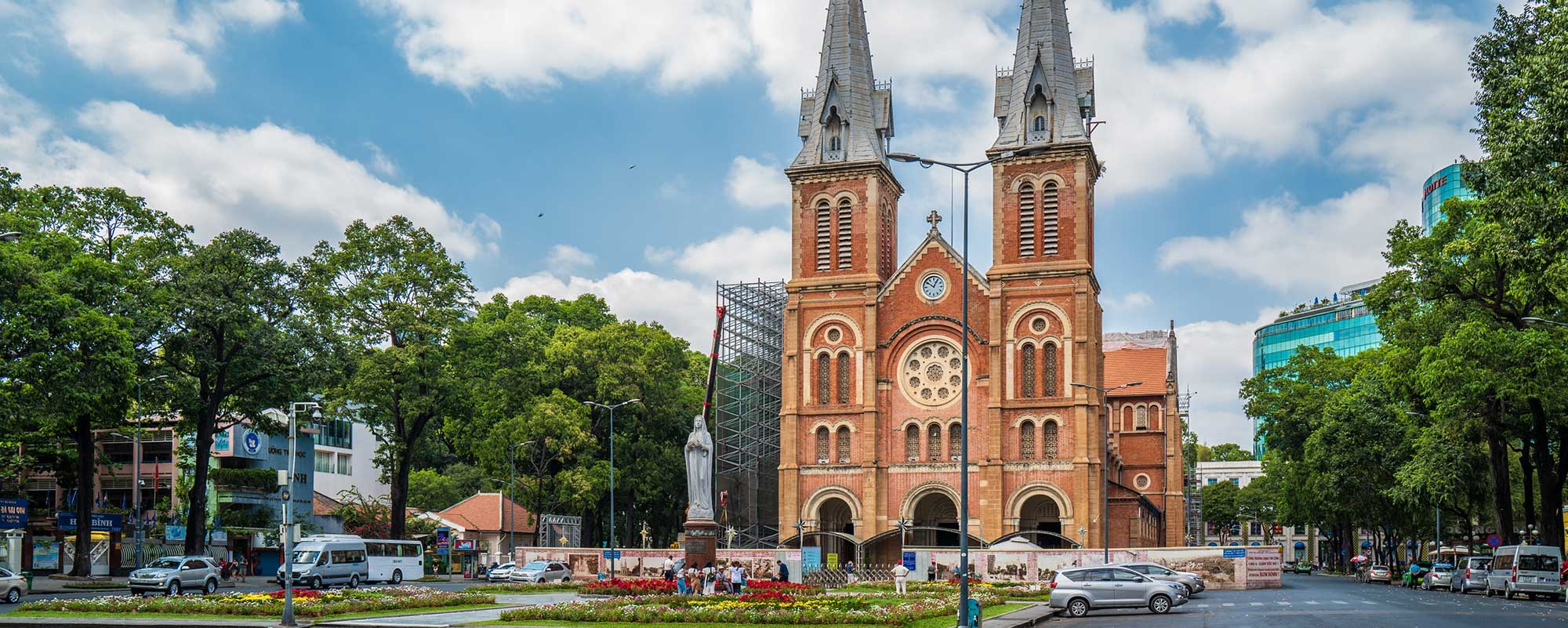
Notre-Dame Cathedral Basilica, also known as Saigon Notre-Dame Cathedral, is an important religious building and a popular destination in Ho Chi Minh City. Built by the French from 1877 to 1880, the cathedral features distinctive Gothic architecture with tall twin bell towers and large rose windows. The cathedral does not have a front courtyard but opens to a large square, where the statue of the Virgin Mary stands solemnly. Inside, the spacious and reverent atmosphere is enhanced by the high ceilings and intricate wooden decorations. The cathedral holds significant Catholic religious ceremonies and is also a favorite photography spot for visitors. Notre-Dame Cathedral is a cultural and spiritual symbol of the city's people, a place of prayer and peace for those who come to visit.
Ben Thanh Market
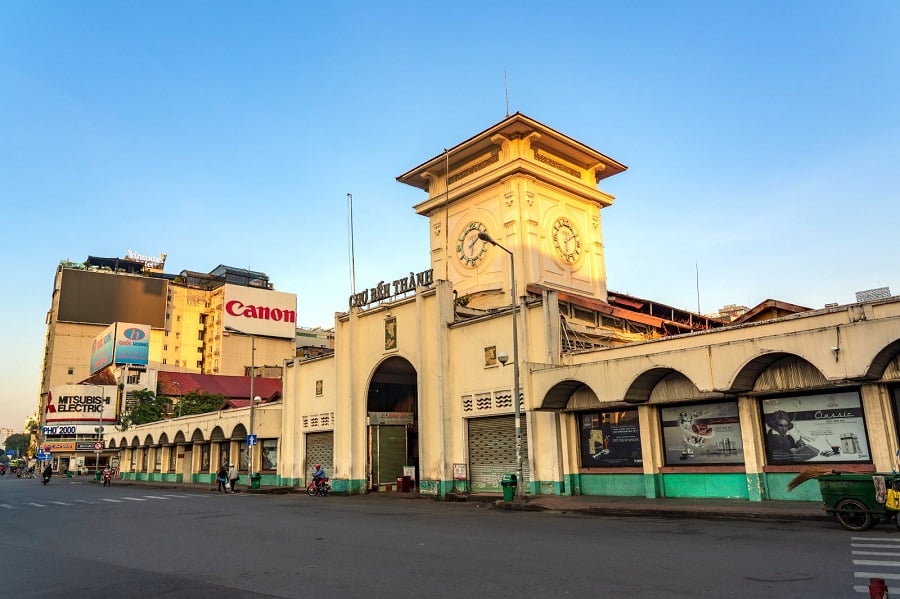
Ben Thanh Market is one of the most famous symbols of Ho Chi Minh City and a must-visit destination for tourists. Built during the French colonial period and completed in 1914, the market is distinguished by a large clock on its main gate. Inside, hundreds of stalls offer a variety of products, from clothing, footwear, and souvenirs to Vietnamese specialty foods. Ben Thanh Market is not only a shopping hub but also a place to explore the unique culture and cuisine of Saigon. Prices here are negotiable, providing an exciting shopping experience for visitors. In the evening, the area around the market becomes lively with food stalls opening to serve customers. It’s the perfect place to enjoy famous street food such as pho, banh xeo, and bun cha.
Jade Emperor Pagoda
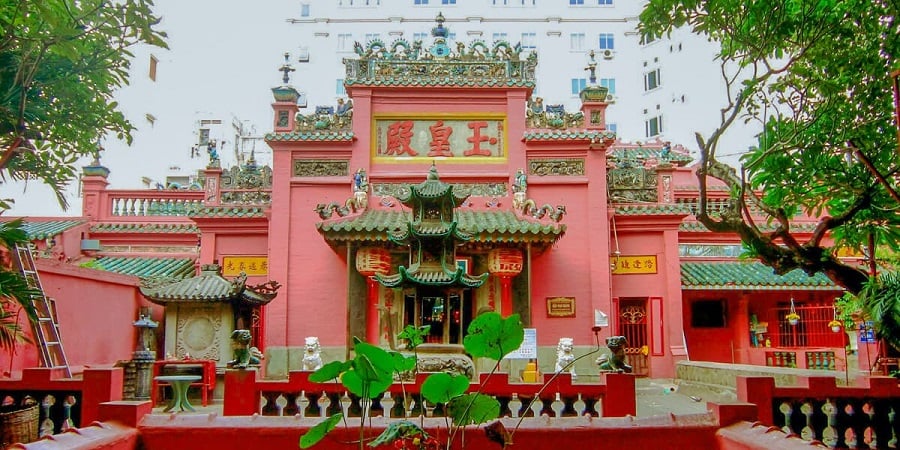
Jade Emperor Pagoda, also known as the Jade Emperor Temple, is one of the most famous temples in Ho Chi Minh City. Built in the early 20th century by the Chinese community, this temple is rich in traditional architecture, with intricately carved statues of Buddha and deities. The temple is particularly renowned for its statues of guardian gods and the Jade Emperor, who is believed to rule over the heavens. Locals often come here to pray for peace, luck, and happiness. Additionally, the temple attracts many international visitors due to its ancient beauty and peaceful atmosphere amidst the bustling city. Jade Emperor Pagoda is not only a place of worship but also a cultural and religious landmark for understanding the heritage of the Chinese community in Vietnam.
Thien Hau Temple
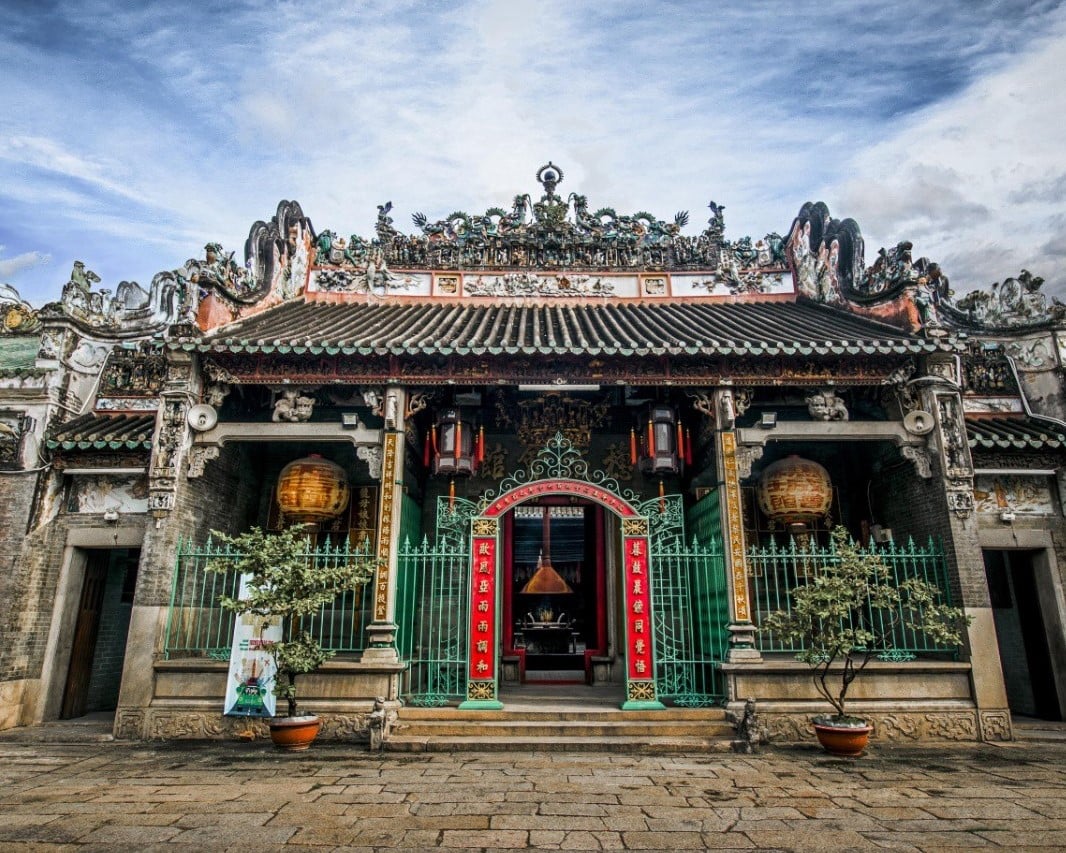
Thien Hau Temple is an ancient temple located in the Chinatown area of District 5, Ho Chi Minh City. The temple was built to worship the Sea Goddess Thien Hau, who is highly revered by the Chinese community as the protector of fishermen and sailors. Constructed in the 18th century, Thien Hau Temple stands out with its traditional Chinese architecture, from carved stone statues to intricate decorations on the tiled roof. Inside, the sacred and solemn atmosphere attracts many devotees who come to pray for peace and good fortune. Especially during major holidays like Lunar New Year, the temple becomes lively with religious and cultural activities. Thien Hau Temple is a must-visit destination for those interested in learning about the culture and history of the Chinese community in Vietnam.
Cu Chi Tunnels
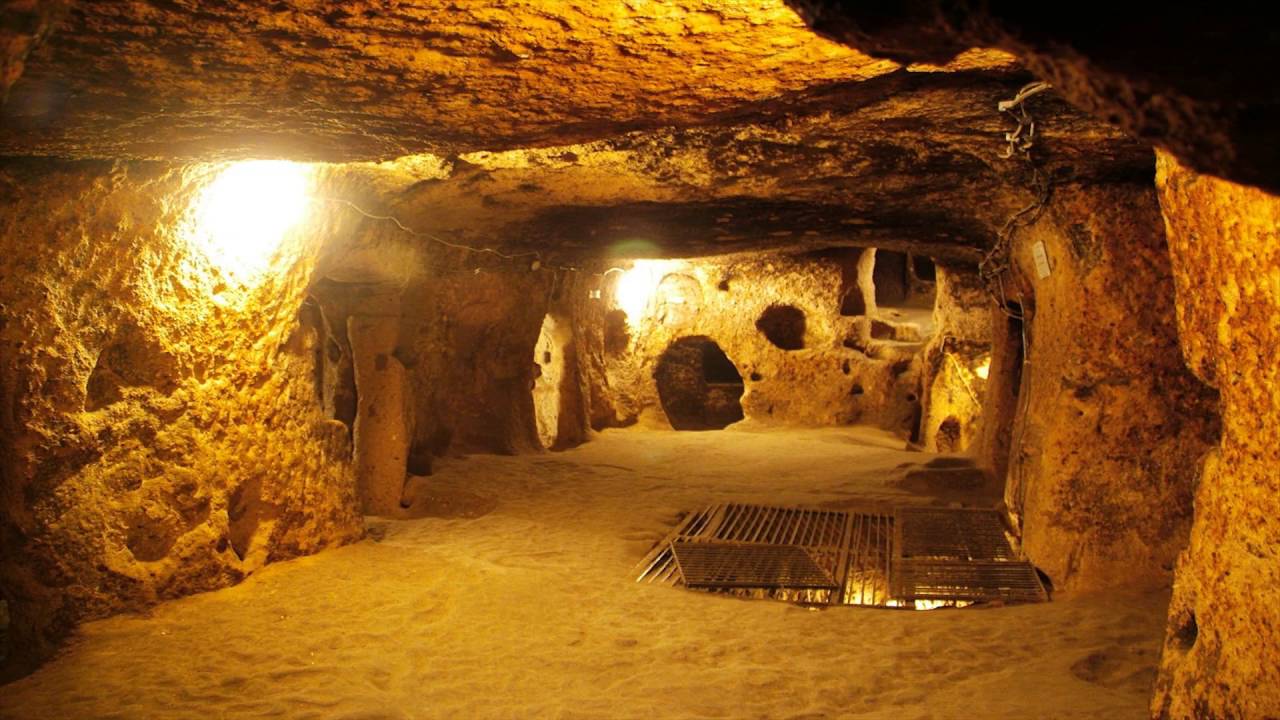
The Cu Chi Tunnels are a renowned underground tunnel system located about 70 kilometers northwest of Ho Chi Minh City. Initially built during the French colonial era as a shelter for the Viet Minh forces, the system was later expanded and used by the Liberation Army during the Vietnam War. Stretching for hundreds of kilometers, the tunnels are multi-leveled and include living quarters, makeshift hospitals, kitchens, and weapons storage. Despite their narrow and cramped size, the tunnels played a crucial role in guerrilla warfare and contributed significantly to victories in various battles. Today, the Cu Chi Tunnels are a popular tourist attraction, where visitors can explore sections of the tunnels that were once used during the war. In addition to touring the site, guests can try activities such as shooting sports and learning about the booby traps and survival methods used by the Liberation Army underground. The Cu Chi Tunnels are not only a symbol of resilience but also a testament to the ingenuity and strength of the Vietnamese people during wartime.